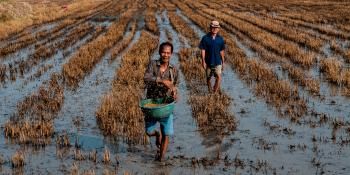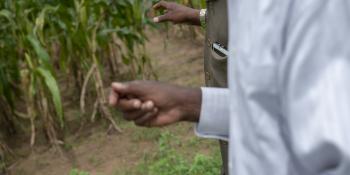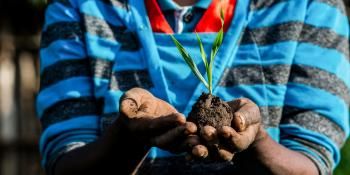Taking life step-by-step: incrementally adopting climate-smart agricultural practices
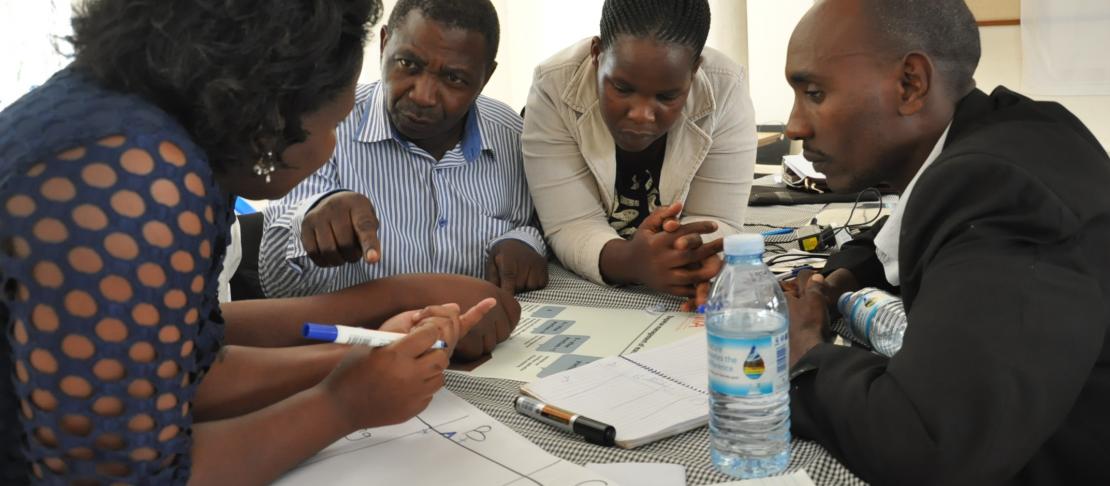
Two approaches have been developed by IITA and partners to better target coffee farming households and help meet their aspirations and capabilities
In Uganda, climate change is already threatening the coffee sector, but farmers’ adoption levels of climate-smart agricultural practices are low. To try to address this discrepancy, two complementary approaches have been developed by IITA and partners. These two approaches are the climate-smart investment pathway (CSIP) approach and the farmer segmentation tool.
Climate-smart investment: step-by-step investment to sustainably increase coffee yields
Production of coffee requires an intricate farming system, which is made up of an array of practices that all require investment. Rather than try to promote farmers to increase investment in all areas of their farming practices, the climate-smart investment pathway approach looks at increasing investment through incremental steps. At each step an increase in yield is expected, and part of the added income from implementing these practices is envisioned to be re-invested in the farm to move to the next step of practices. As such, the practices will be adopted through a piece meal approach, with the final step completing the adoption of the site-specific basket of climate-smart agricultural practices in coffee.
The first step in the development of the climate-smart investment pathways is the development of general stepwise investment pathways. In Uganda, this was done for both Arabica and Robusta coffee at national level, through consultations with coffee experts. These general stepwise investment pathways are then adapted into climate-smart investment pathways through local level prioritisation with coffee experts and validation by farmers. As such, the climate-smart investment pathways are locally adapted to target the specific constraints the farmers are facing in the region.
The stepwise investment pathways have been developed for Robusta and Arabica coffee in Uganda, while climate-smart investment pathways for Robusta have been developed for the districts of Luweero, Nakasongola and Rakai. Work is being done to apply this approach in other districts, such as Mbale, where the focus will be on Arabica coffee farming systems. Trials are also being established to validate the expected yield increases at the different steps.
Farmer segmentation: better targeting of farmers through understanding their aspirations and resource endowments
Complementing the climate-smart investment pathways is the farmer segmentation tool. The farmer segmentation tool differentiates farmers into distinct segments, by looking at their level of entrepreneurship and their assets. A case study in Luweero highlighted six different segments of farmers: the entrepreneurs, the satisfied, the employed, the dependants, the survivors and the trapped. The entrepreneurs are those making money from coffee, and have a lot of entrepreneurship and assets, while the trapped are very poor and rely majorly on off-farm labour. The survivors are better off than the trapped, but still use a lot of diversification to survive, and investment in coffee is few and far between. The employed are those with farms growing coffee, and might be looking to invest more in coffee, yet have larger sources of off-farm income through employment. The satisfied are the older generation that have enough resources, but no incentive and or motivation to invest in coffee. The dependants, usually the younger generations, are those with high motivation to grow coffee, yet no resources (especially land) to push this drive forward.
The above segmentation both highlights the need for differentiated approaches to help each segment and aids in better targeting of the climate-smart investment pathways. Promoting investment in coffee for both the trapped and survivors may be misplaced, as moving to other crops may actually be more suitable for them. Cross-generational learning between the dependants and the satisfied may be key in getting the dependants the start they need to becoming successful coffee farmers. Targeting the segments that do have the potential to invest in coffee through applying the climate-smart investment pathways means analysing where along the steps they already are, and which are the next recommended practices for the farmer to implement.
The two approaches can thus be applied separately, but their strength lies in combining the two in order to better target farmers and help them achieve their aspirations in coffee through increasing step-by-step their investment in their coffee gardens.
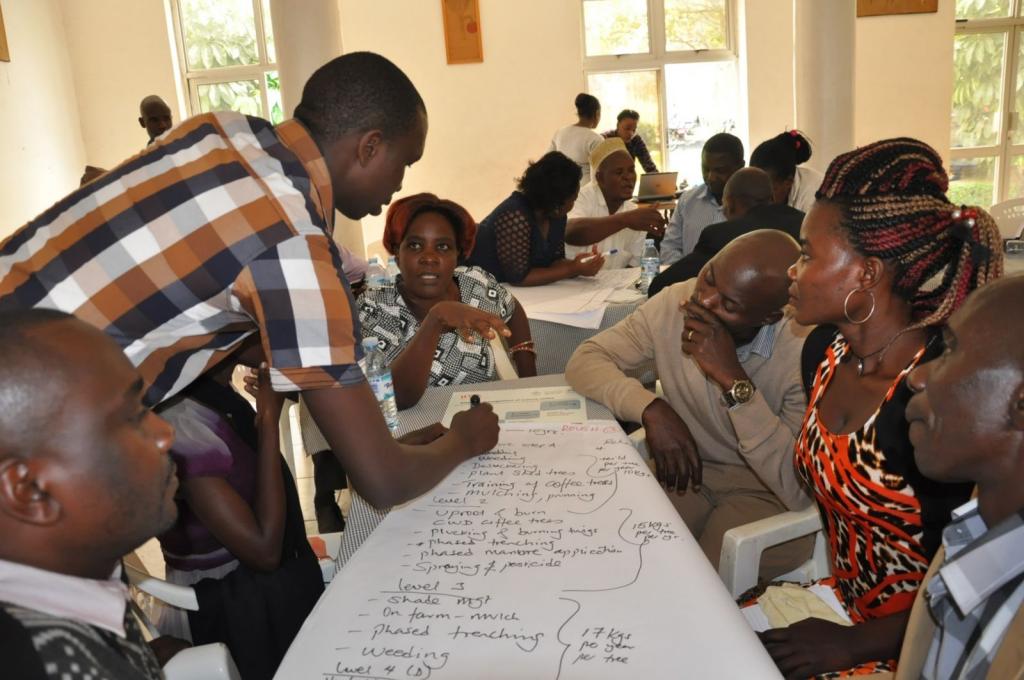
Wilberfore Wodada, IITA, facilitating a group in adapting the national Stepwise Investment Pathway for Robusta coffee in Uganda to the local context in Rakai District, Uganda. Photo: JF Okiror (IITA)
Further reading:
Download the accompanying CCAFS info note: Redesigning Delivery: Boosting Adoption of Coffee Management Practices in Uganda. The climate smart investment pathway approach and the farmer segmentation tool
If you are interested to learn more about the methodology or have any further questions, please contact Laurence Jassogne (L.Jassogne@cgiar.org).
Onno Giller is an Environmental Anthropologist and Scaling and Innovations Specialist at IITA and a PhD candidate at Wageningen University.

